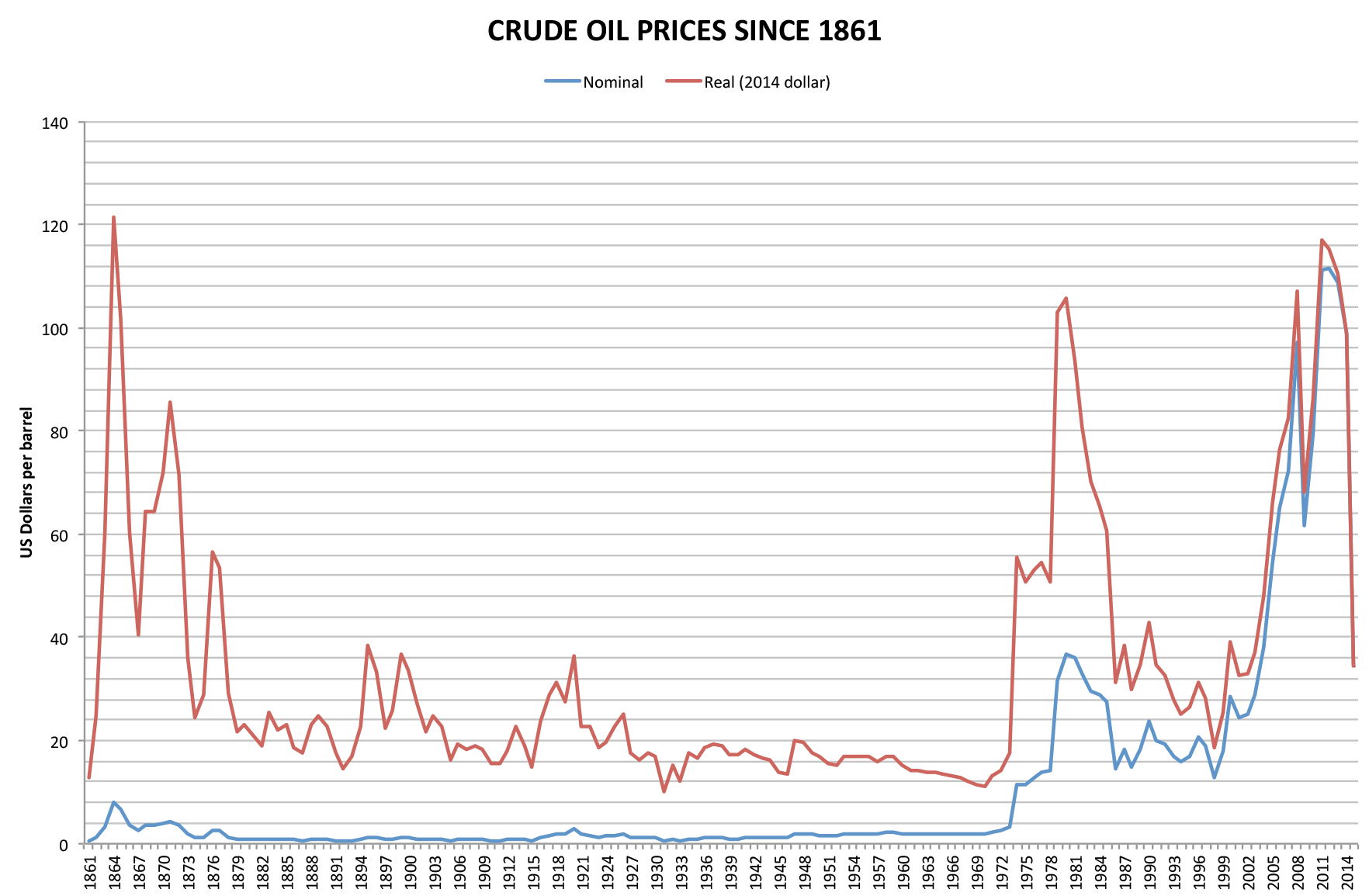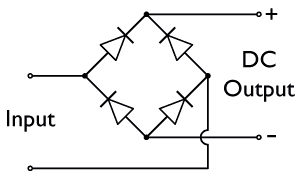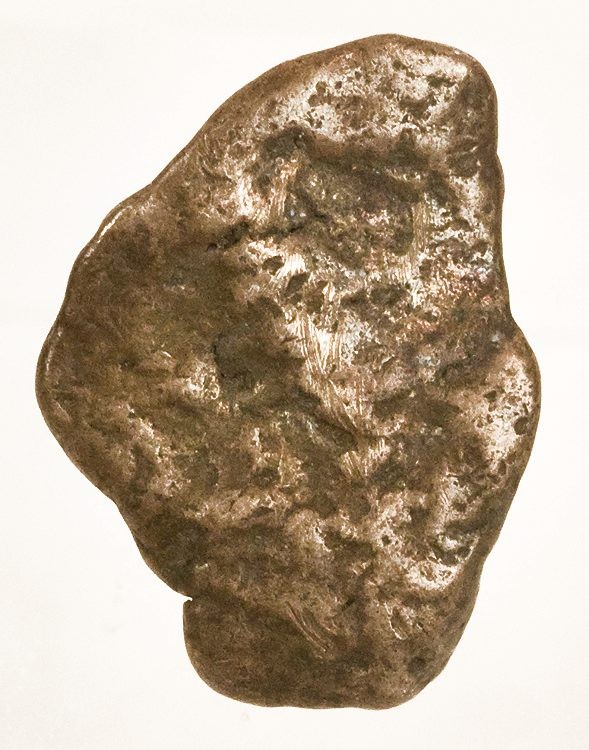|
Compact Fluorescent Lamp
A compact fluorescent lamp (CFL), also called compact fluorescent light, energy-saving light and compact fluorescent tube, is a fluorescent lamp designed to replace an incandescent light bulb; some types fit into light fixtures designed for incandescent bulbs. The lamps use a tube that is curved or folded to fit into the space of an incandescent bulb, and a compact electronic ballast in the base of the lamp. Compared to general-service incandescent lamps giving the same Luminous flux, amount of visible light, CFLs use one-fifth to one-third the electric power, and last eight to fifteen times longer. A CFL has a higher purchase price than an incandescent lamp, but can save over five times its purchase price in electricity costs over the lamp's lifetime. Like all fluorescent lamps, CFLs contain toxic Mercury (element), mercury, which complicates their disposal. In many countries, governments have banned the disposal of CFLs together with regular garbage. These countries have establi ... [...More Info...] [...Related Items...] OR: [Wikipedia] [Google] [Baidu] |
GU24 Lamp Fitting
A GU24 lamp fitting is a bi-pin connector for compact fluorescent lamps (CFL) or LED lamps that uses a bayonet mount–like twist-lock bi-pin connector instead of the Edison screw fitting used on many compact fluorescent lamp, CFLs, LED lamps and incandescent light bulbs. The design was initiated by the U.S. United States Environmental Protection Agency, EPA and the Lighting Research Center in 2004, in order to facilitate the deployment of compact fluorescent light bulbs with replaceable ballasts. The GU24 fitting is compliant with a 2008 ruling by the California Energy Commission under Title 24 (California Building Standards Code) to require high-efficiency lighting on all residential remodels and new construction. The GU24 fitting is intended to maintain the Energy efficiency (physics), energy efficiency of the light by preventing an occupant from using an incandescent bulb instead of a CFL. Adapters to use Incandescent light bulb, incandescent bulbs in a GU24 fitting are illegal ... [...More Info...] [...Related Items...] OR: [Wikipedia] [Google] [Baidu] |
1973 Oil Crisis
In October 1973, the Organization of Arab Petroleum Exporting Countries (OAPEC) announced that it was implementing a total oil embargo against countries that had supported Israel at any point during the 1973 Yom Kippur War, which began after Egypt and Syria launched a large-scale surprise attack in an ultimately unsuccessful attempt to recover the territories that they had lost to Israel during the 1967 Six-Day War. In an effort that was led by Faisal of Saudi Arabia, the initial countries that OAPEC targeted were Canada, Japan, the Netherlands, the United Kingdom, and the United States. This list was later expanded to include Estado Novo (Portugal), Portugal, Rhodesia, and South Africa. In March 1974, OAPEC lifted the embargo, but the price of oil had risen by nearly 300%: from US to nearly US globally. Prices in the United States were significantly higher than the global average. After it was implemented, the embargo caused an oil crisis, or "shock", with many short- and long ... [...More Info...] [...Related Items...] OR: [Wikipedia] [Google] [Baidu] |
Bridge Rectifier
A diode bridge is a bridge rectifier circuit of four diodes that is used in the process of converting alternating current (AC) from the input terminals to direct current (DC, i.e. fixed polarity) on the output terminals. Its function is to convert the negative voltage portions of the AC waveform to positive voltage, after which a low-pass filter can be used to smooth the result into DC. When used in its most common application, for conversion of an alternating-current (AC) input into a direct-current (DC) output, it is known as a bridge rectifier. A bridge rectifier provides full-wave rectification from a two-wire AC input, resulting in lower cost and weight as compared to a rectifier with a three-wire input from a transformer with a center-tapped secondary winding. Prior to the availability of integrated circuits, a bridge rectifier was constructed from separate diodes. Since about 1950, a single four-terminal component containing the four diodes connected in a bridge con ... [...More Info...] [...Related Items...] OR: [Wikipedia] [Google] [Baidu] |
Electrical Ballast
An electrical ballast is a device placed in series with a load to limit the amount of electric current, current in an electrical network, electrical circuit. A familiar and widely used example is the inductive ballast used in fluorescent lamps to limit the current through the tube, which would otherwise rise to a destructive level due to the negative resistance, negative differential resistance of the tube's voltage-current characteristic. Ballasts vary greatly in complexity. They may be as simple as a resistor, inductor, or capacitor (or a combination of these) wired in series with the lamp; or as complex as the electronic ballasts used in compact fluorescent lamps (CFLs). Current limiting An electrical ballast is a device that limits the current through an electrical load. These are most often used when a load (such as an arc discharge) has its terminal voltage decline when current through the load increases. If such a device were connected to a constant-voltage powe ... [...More Info...] [...Related Items...] OR: [Wikipedia] [Google] [Baidu] |
Light Fixture
A light fixture (US English), light fitting (UK English), or luminaire is an electrical lighting device containing one or more light sources, such as lamps, and all the accessory components required for its operation to provide illumination to the environment. All light fixtures have a fixture body and one or more lamps. The lamps may be in sockets for easy replacement—or, in the case of some LED fixtures, hard-wired in place. Fixtures may also have a switch to control the light, either attached to the lamp body or attached to the power cable. Permanent light fixtures, such as dining room chandeliers, may have no switch on the fixture itself, but rely on a wall switch. Fixtures require an electrical connection to a power source, typically AC mains power, but some run on battery power for camping or emergency lights. Permanent lighting fixtures are directly wired. Movable lamps have a plug and cord that plugs into a wall socket. Light fixtures may also have other feature ... [...More Info...] [...Related Items...] OR: [Wikipedia] [Google] [Baidu] |
Energy Star
Energy Star (trademarked ENERGY STAR) is an Efficient energy use, energy-efficiency program established in 1992. It is administered by the U.S. Environmental Protection Agency (EPA) in partnership with the U.S. Department of Energy (DOE). The EPA establishes energy efficiency specifications, and those that meet these specifications are eligible to display the ENERGY STAR logo. More than 75 product categories are eligible for the ENERGY STAR label, including appliances, electronics, lighting, heating and cooling systems, and commercial equipment such as food service products. In the United States, the ENERGY STAR label often appears with the EnergyGuide label of eligible appliances to highlight energy-efficient products and compare energy use and operating costs. One of the most successful voluntary initiatives introduced by the U.S. government, the program has saved 5 trillion kilowatt-hours of electricity, more than US$500 billion in energy costs, and prevented 4 billion metric ... [...More Info...] [...Related Items...] OR: [Wikipedia] [Google] [Baidu] |
Osram
OSRAM Licht AG is a German company that makes electric lights, headquartered in Munich and Premstätten (Austria). OSRAM positions itself as a high-tech photonics company that is increasingly focusing on sensor technology, visualization and treatment by light. The company serves customers in the consumer, automotive, healthcare and industrial technology sectors. The operating company of OSRAM is OSRAM GmbH. Osram was founded in 1919 by the merger of the lighting businesses of Auergesellschaft, Siemens & Halske and AEG (German company), Allgemeine Elektrizitäts-Gesellschaft (AEG). Osram was a wholly owned subsidiary of Siemens AG from 1978 to 2013. On 5 July 2013, Osram was spun off from Siemens, and the listing of its stock began on Frankfurt Stock Exchange on 8 July 2013. Osram's business with conventional light sources was spun off in 2016 under the name LEDVANCE, Ledvance and sold to a Chinese consortium. After a bidding war with Bain Capital, Osram was taken over by Austria ... [...More Info...] [...Related Items...] OR: [Wikipedia] [Google] [Baidu] |
Amalgam (chemistry)
An amalgam is an alloy of mercury (element), mercury with another metal. It may be a liquid, a soft paste or a solid, depending upon the proportion of mercury. These alloys are formed through metallic bonding, with the electrostatic attractive force of the conduction electrons working to bind all the positively charged metal ions together into a Crystal structure, crystal lattice structure. Almost all metals can form amalgams with mercury, the notable exceptions being iron, platinum, tungsten, and tantalum. Gold-mercury amalgam is used in the Gold extraction, extraction of gold from ore, and Amalgam (dentistry), dental amalgams are made with metals such as silver, copper, indium, tin and zinc. Important amalgams Zinc amalgam Zinc amalgam finds use in organic synthesis (e.g., for the Clemmensen reduction). It is the reducing agent in the Jones reductor, used in analytical chemistry. Formerly the zinc plates of dry battery (electric), batteries were amalgamated with a small amo ... [...More Info...] [...Related Items...] OR: [Wikipedia] [Google] [Baidu] |
New Scientist
''New Scientist'' is a popular science magazine covering all aspects of science and technology. Based in London, it publishes weekly English-language editions in the United Kingdom, the United States and Australia. An editorially separate organisation publishes a monthly Dutch-language edition. First published on 22 November 1956, ''New Scientist'' has been available in online form since 1996. Sold in retail outlets (paper edition) and on subscription (paper and/or online), the magazine covers news, features, reviews and commentary on science, technology and their implications. ''New Scientist'' also publishes speculative articles, ranging from the technical to the philosophical. ''New Scientist'' was acquired by Daily Mail and General Trust (DMGT) in March 2021. History Ownership The magazine was founded in 1956 by Tom Margerison, Max Raison and Nicholas Harrison as ''The New Scientist'', with Issue 1 on 22 November 1956, priced at one shilling (). An article in the magazi ... [...More Info...] [...Related Items...] OR: [Wikipedia] [Google] [Baidu] |







